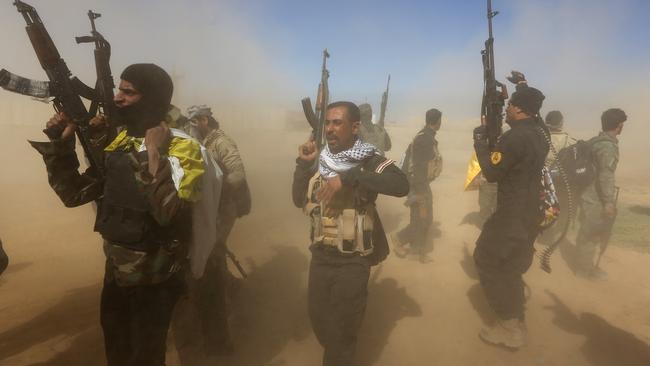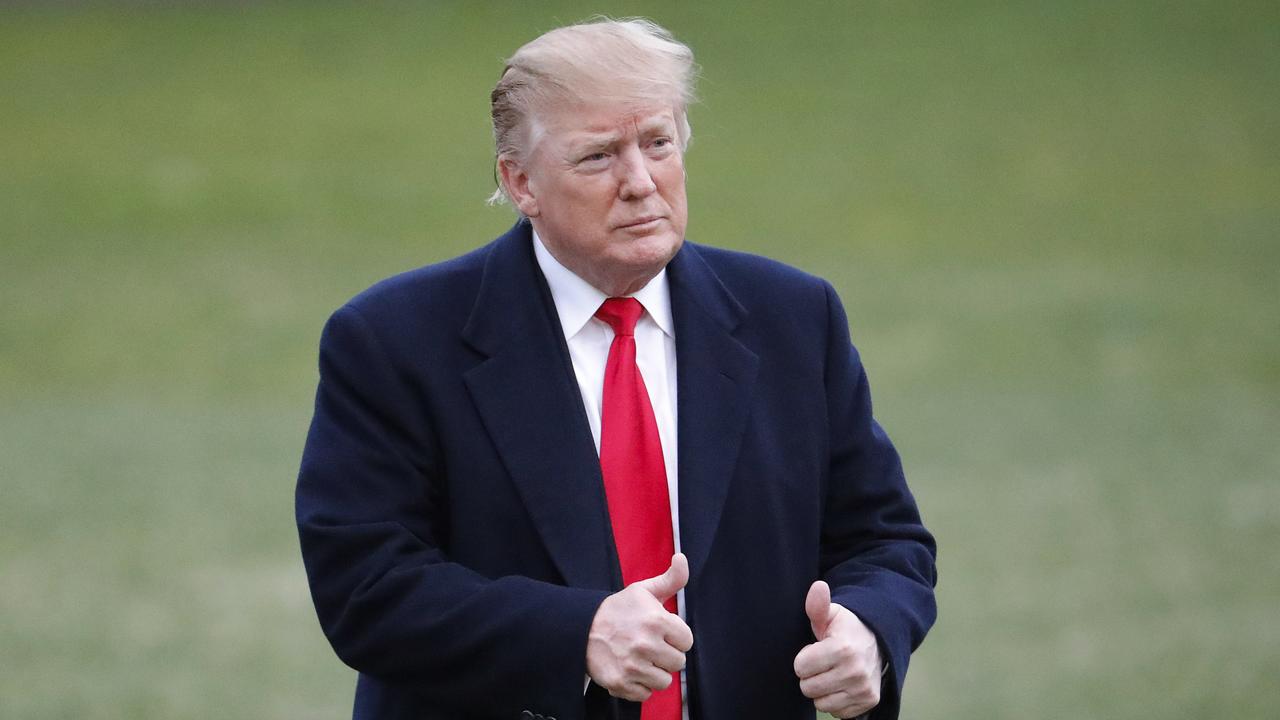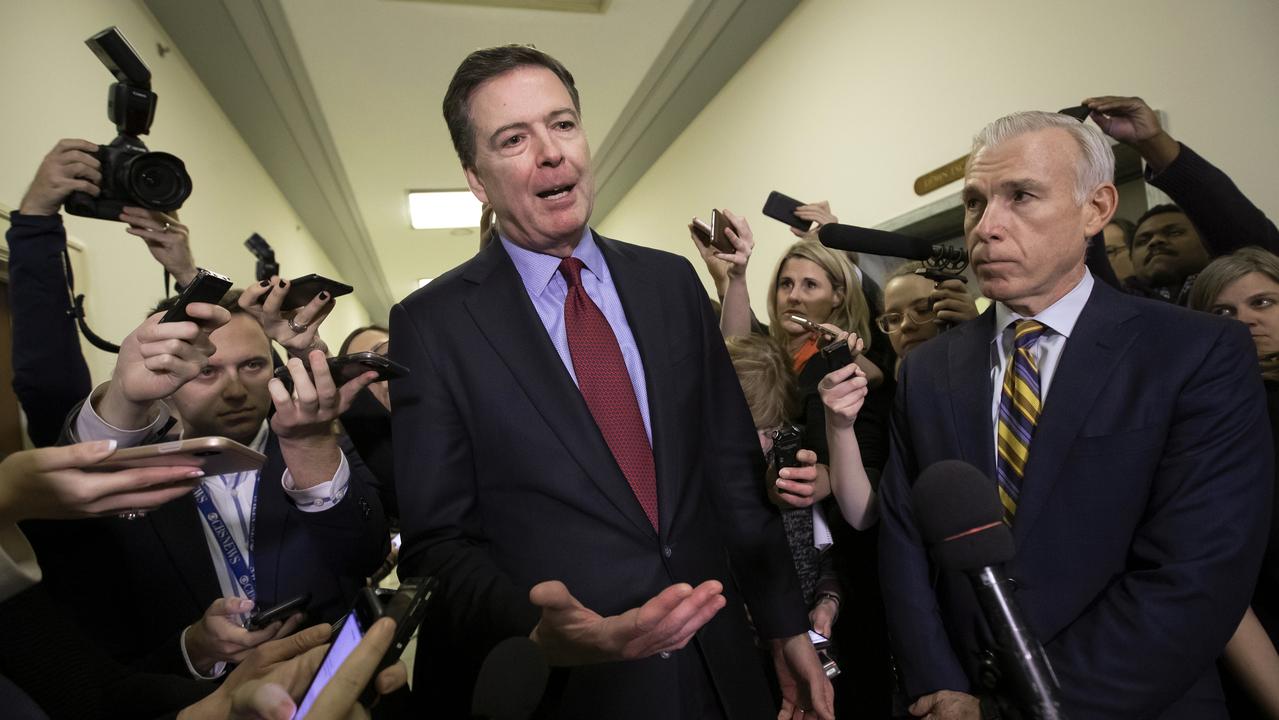Iraq falls apart as Iran-backed forces keep Islamic State at bay

Baghdad in the early northern summer has the atmosphere of a city under siege. Armoured vehicles carrying heavy machineguns are patrolling the area surrounding the international airport. The nearest positions of Islamic State are just 65km away. The atmosphere is fervid. The 40C summer heat adds to the effect.
The Islamic State threat pervades everything here. It is there in the muscular armed men deployed outside the luxury hotels. In the barbed-wire fences and heavy iron gates protecting the residences of the remaining foreigners. In the quick and suspicious glances passing between strangers.
Islamic State is surely already organising in the city, unseen. As it did in Ramadi and in Mosul, in Fallujah and all the way to Raqqa far to the west long before that. The mysterious explosions have already begun. Car bombings hit the parking lots of the Cristal and Babil hotels on May 28: 15 killed, 42 injured. No one thinks these will be the last.
The form that the defence against the Sunni jihadists is taking is also plain. At every intersection, on every wall, on every corner, the banners of Iraq’s Shia militias blare out their allegiance. The slogan “At your service, O Hussein” — referring to the greatest martyr of the Shi’ites, killed by the Sunni Ummayads at the battle of Karbala in AD680 — is everywhere. It is there next to the countless banners and posters of Hussein’s serene, bearded visage that one sees all around. It is there, too, amid the ubiquitous militia billboards, alongside pictures of ayatollahs Ruhollah Khomeini, Ali Khamenei, Mohammed al-Sadr and Ali al-Sistani.
The same Shia sectarian slogan can be glimpsed on the wall of the Iraqi Army checkpoint on the road from the airport. At your service, o Hussein. That is to say, the defence of Baghdad against Islamic State is not taking place in the name of Iraq. The men doing the fighting and dying are there as Shi’ites. This applies even to many or most of those wearing the uniforms of the official Iraqi Security Forces.
But it applies a hundred-fold more clearly to the organisations that are bearing the brunt of the actual fight against the Sunni jihadists — in Baiji, in Anbar province and elsewhere. These are the Shia militias.
The militias are irregular political-military formations, organised on openly sectarian lines and flying openly sectarian banners. The most significant of them are supported by Iran. Their field commander is a man who may very well be a member of the Iranian Revolutionary Guards. And it is they, under the collective banner of what is called the Popular Mobilisation in Iraq, who today form the key armed force in the government-controlled areas of central and southern Iraq, including the capital Baghdad.
So the sectarian balance in Iraq has shifted decisively in favour of the Shia Arab majority. The representatives of this population are wasting no time in asserting their ascendancy. Yet the meaning of all this may well be the permanent fragmentation of the country into Sunni, Shia and Kurdish enclaves, rather than Shia domination of the entire territory still formally called Iraq. That is, rather than acquiring a new ruling caste, the country may well be ceasing to exist, replaced by a chaotic territory ruled by and divided between rival political-military organisations.
How did this situation come about? And what does it mean for the future?
The story begins in June last year. The forces of Islamic State were erupting across the border from Syria. Mosul had fallen. Salahuddin, Anbar, Diyala and Kirkuk had gone the same way. Irbil and Baghdad looked like being next. The US-trained Iraqi armed forces melted away under the hammer blows of the Sunni jihadist fighters.
On June 13, Ayatollah Sistani, the most venerated Shia cleric in Iraq, issued a fatwa declaring a limited jihad to turn back the advancing Islamic State forces. Thousands of young Iraqi Shia men began to enlist in existing Shia militias or to form new such groups. Sistani himself did not seek to play any further active role in organising the mobilisation he had called for. Instead, on June 15 the Iraqi Ministry of the Interior announced the formation of a Popular Mobilisation Committee, to be headed by Falih al-Fayyadh, who also serves as national security adviser to Prime Minister Haider al-Abadi.
From the outset this committee has played a liaison role between the various militias, rather than one of direction and leadership. The militias have their own leadership structures. They are not taking orders from Abadi.
From whom, then, are they taking orders? The answer is clear, and it is not encouraging.
The leadership of three of the four most powerful militia bodies is linked to Iran. The militias in question — the Badr Organisation, the Kata’ib Hizballah group and the Asaib ahl al-Haq — receive direct assistance from the Iranian Revolutionary Guards. The fourth, the Saraya al-Salam militia of Moqtada al-Sadr, is also pro-Iranian and aided by Iran but maintains a greater degree of independence.
The field commander of the Popular Mobilisation forces is a grey-bearded man in his 60s from the southern Iraqi city of Basra. His name is Abu Mahdi al-Muhandis and he is a close adviser to Qassem Suleimani, commander of the Revolutionary Guards’ Quds Force. Muhandis is also a former member of the Shia Islamist Dawa Party and a veteran of the Iran-Iraq war, in which he fought on the Iranian side.
The central role of the Revolutionary Guards in training, equipping and advising the militias is not a closely guarded secret. It is openly acknowledged by senior members and opponents of the Popular Mobilisation Forces.
The militias are political as well as military organisations. Their power in Iraq goes beyond the possession of guns.
The Interior Ministry, of which the Popular Mobilisation Committee is a part, is controlled by a representative of the Badr Organisation, a pro-Iranian Iraqi Shia movement. Badr’s leader, Hadi al-Ameri, is universally acknowledged to be the real decision-maker at the ministry.
This means the federal police, an additional significant element of the Iraqi Security Forces, is also under the de facto control of a representative of the militias.
It is this militia conglomerate, sectarian in nature, backed and trained by Iran, not answerable to any elected authority, that is the main force facing Islamic State on the key fronts to the north of Baghdad and to its west.
At a small facility in the town of Mizra’a, just south of the frontline in Baiji city, Inquirer catches up with Muhandis minutes after he has briefed a group of senior commanders from the militias and the army.
The scene is an instructive one. A room full of uniforms. Some with the insignia and emblems of the Iraqi Army. Some in the blue of the federal police, some in the drab camouflage and mix-and-match of the militias. These are not junior personnel. They include, for example, Major-General Juma Anad al-Jubouri, commander of the Iraqi Security Forces in the whole of embattled Salahuddin province.
But all the men present defer to Muhandis, ostensibly a civilian, who is the only speaker at the meeting.
Muhandis is quite open about the leading role of the Shia militias as we talk in the dusty courtyard after the briefing, with militia fighters and commanders all around us eating a hastily prepared lunch.
“The Hashed (Popular Mobilisation) is playing the main role currently,” he says, “and it is now planning and leading large operations — in full co-operation with the army.
“The army has weapons and capabilities we don’t have. The federal police are also playing a role. But we have planning and management, and we have the enthusiastic fighters.”
He is openly contemptuous of the efforts of the US and its allies in Iraq. “US support has not led to the retaking of Mosul. It didn’t prevent Baiji. It couldn’t regain Anbar. Instead, Ramadi has fallen,” Muhandis says.
The militias, meanwhile, “rely on capacity and capabilities provided by the Islamic Republic of Iran”.
All the same, the militias and their allies have not yet defeated Islamic State in Baiji. Earlier news reports had suggested the city was fully in the hands of the government. But Muhandis admits that the Sunni jihadists are still in control of half of it. Our entry into even the liberated half has had to be aborted because of heavy gunfire ahead. Evidently, Baiji is still contested.
The city matters because it is the next landmark on the road leading north from Baghdad, via Tikrit (recaptured in April) and eventually to Mosul, the jewel in the crown for Islamic State in Iraq.
But the most crucial front for the militias atpresent is Anbar province, west of the capital. The focal point of the Anbar front right now is Ramadi city, the provincial capital.
It is close to Baghdad, situated on the Euphrates river and adjacent to highways connecting Baghdad to the Jordanian and Syrian borders. Its fall in May made a nonsense of Iraqi government claims that the tide had turned in the war against Islamic State.
Inquirerhas travelled to the frontline 10km east of Ramadi, accompanying fighters of the Kata’ib Hizballah group. This is a smaller, more disciplined and ideological force than Badr. It regards itself — and is widely regarded by others — as the spearhead of the Popular Mobilisation forces, carrying out the most complex and dangerous missions.
It is also (unlike Badr) on the list of US-designated terrorist groups.
The anti-American and anti-Western sentiments of the young Kata’ib fighters manning the frontline positions at Husaybah al-Sharqiya east of Ramadi are vivid and unambiguous.
One young man, his face reconstructed after a terrible wound received in an improvised explosive device blast but back on active service, says: “ISIS (the Islamic State of Iraq and Syria) is a terrorist organisation. It has no religion” — sentiments any Western leader could agree with and probably echo. But then he continues: “It is supported by the US, Saudi Arabia, Israel and others. We are trying to fight them, but the Americans come and bomb us and that allows ISIS to run away.”
What is the proof, I ask, that the Americans are aiding Islamic State?
A chorus of fighters begins to offer what they maintainare their experiences of this phenomenon. “I’ve seen it with my own eyes,” says the burned man. “They parachute aid, weapons and clothing and they drop it to ISIS.”
These claims are later echoed by the regional commander of Kata’ib Hizballah in Khaldiyeh, of which Husaybah is a part.
Declining to give his name, he says: “America is not fighting ISIS. America is helping ISIS. In Tikrit, we had ISIS surrounded. But the US air intervention prevented us from advancing. The US put pressure on the Iraqi government to slow the advance. They put a spoke in the wheels.”
The commander adds: “If it weren’t for Iran’s intervention, ISIS would have made it to the east and the south. Iran is the only one that was faithful.”
What about Kata’ib’s relations with other groups supported by Iran? With the Lebanese Hezbollah? With Hamas?
“All the Islamic resistance movements come from one womb. So yes, without entering into details, we have a relationship with all these movements.”
The commander had joined Kata’ib back when the US was still in Iraq — “to resist the (American) occupation”, he says.
The frontline east of Ramadi is static for the time being. Husaybah is a built-up area and the two sides are facing each other at a distance of about 100m.
“There is sniping during the day and mortar fire at night,” says one of the young Kata’ib fighters manning the positions furthest forward. From a hole cut in the wall of one of the houses, the Islamic State fighters could clearly be seen: tiny, black-clad figures moving rapidly across an exposed point.
The Kata’ib fighters are clearly highly motivated, and well trained in the tactics of light infantry and guerilla warfare. They are all young, their equipment is clearly well-maintained, and they are ready for action at a moment’s notice. Kata’ib, according to several accounts, was the factor that stabilised the anti-Islamic State forces in Husaybah, beginning the process whereby the advance of the Sunni jihadists stalled as they sought to push east from newly conquered Ramadi.
The source of their motivation is not in question. “We have religious enthusiasm and we love our country,” as the commander in Khaldiyeh puts it. A bearded, red-eyed fighter in Husaybah expresses it in rawer terms: “We don’t rely on America. We rely on God and the family of Mohammed. And Kata’ib Hizballah. We rely on ourselves. And if anyone tries to break in here we’ll cut off his hands.“
For Iraq’s Sunnis, the rise of the militias is deeply worrying. Documentary evidence has already emerged of widespread sectarian violence directed against Sunni communities in the wake of the militias’ advances.
Amnesty International and Human Rights Watch have issued reports detailing looting of homes and abuse of Sunni civilians by the militias in Baghdad, Samarra, and Kirkuk. An Amnesty investigation is under way into similar allegations regarding militia actions in Tikrit.
The militias, for their part, predictably reject all such allegations. But it is clear that for many Iraqi Sunnis, the rise of the Shia armed groups is a key element in the emergence of an Iraq in which the long dominant Sunni Arabs are set to constitute a vulnerable minority.
Hamed al-Mutlaq, an MP for the Iraqi List grouping and a Sunni from Anbar, sums up the situation: “De facto, Iraq is now divided,” he says. “In fact, worse than divided. The Kurds and the Shi’ites are safe in their areas. But the Sunni component has no existence and is displaced. Those who remain are under the sword either of ISIS or of the Shia militias.
“The militias are no different from ISIS,” he continues. “The Iranian intervention is no different from ISIS.”
The Iranian intervention, as Mutlaq calls it, is the key element in all this. As things stand, Tehran stands to dominate the oil-rich south of Iraq and the capital, even if the Kurdish north and parts of the Sunni centre remain out of reach. This already constitutes a major achievement for the Iranians. As to whether their forces can defeat the Sunni jihadists or merely contain them, this remains to be seen. Tehran may even prefer to leave Islamic Statein place while Iran consolidates its hold over the parts of Iraq with which it is mainly concerned.
Meanwhile, the militias of the Popular Mobilisation remain the key element preventing a push by the Islamic State towards the Iraqi capital. The fighters of Kata’ib Hizballah and Islamic State, rival Islamist forces, continue to face off against each other with only a narrow stretch of parched ground and ruined buildings separating them in Anbar province.
The militiamen travel easily through the roadblocks of the army and the federal police outside Baghdad. Back in the city, their banners and billboards are everywhere, giving this ancient city the look of a Shia capital under siege.
As for the future, none of the Shia fighters Inquirer speaks to mentions the possibility of disbanding the Popular Mobilisation if and when Islamic State is defeated (which anyway is not imminent.) It looks as if Kata’ib Hizballah, Badr and the rest of them are set to play a key role in the area that was once Iraq. Welcome to militialand.
Jonathan Spyer is a journalist, author and Middle East analyst. Based in Jerusalem, he is director of the Rubin Centre for Research in International Affairs and a fellow at the Middle East Forum.



